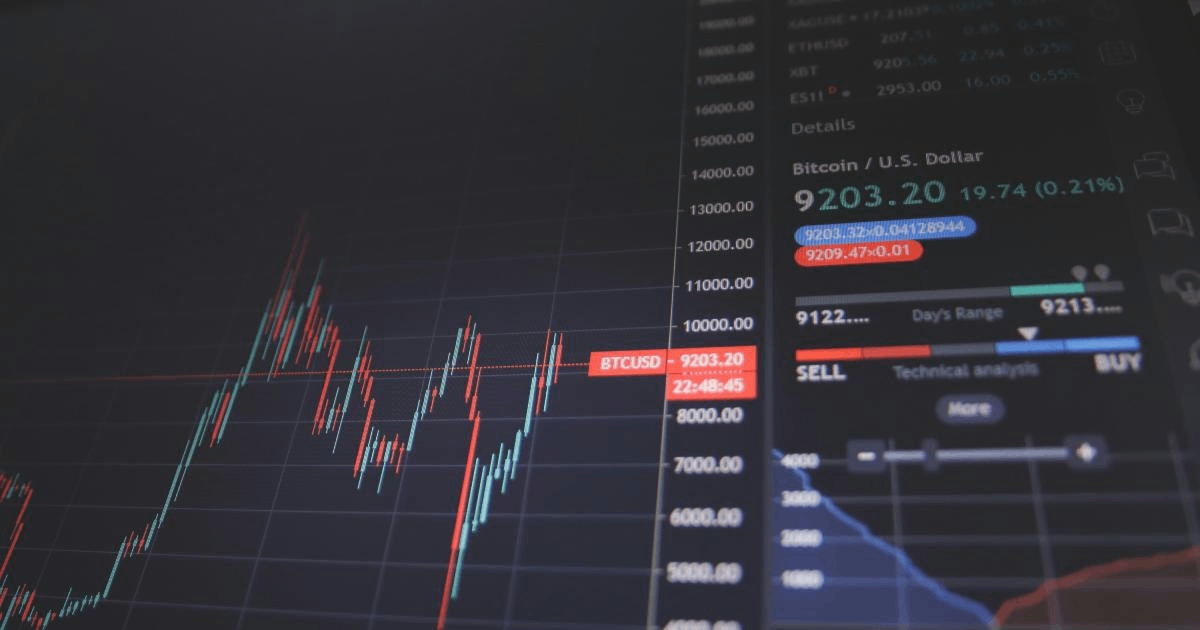
Sep, 13, 2013
By Lawrence G. McMillan$SPX made a strong upside push this week and that closed the downside gap from nearly a month ago. That officially terminated the "bearish" status of the $SPX chart. It's...

Sep, 13, 2013
By Lawrence G. McMillanIn our last issue, the feature article discussed whether it might sometimes be preferable to trade the underlying stock as opposed to buying an at- or slightly in-the-money...

Sep, 10, 2013
By Lawrence G. McMillanStocks gapped higher on the open yesterday and just kept going higher all day. $SPX has now closed above its declining 20-day moving average for the first since the market...

Sep, 06, 2013
By Lawrence G. McMillanAt this point, the $SPX chart is still bearish, because it has a sequence of lower highs and lower hows.The equity-only put-call ratios continue to remain on sell signals. The...

Sep, 04, 2013
By Lawrence G. McMillanThe market continues to fluctuate, seemingly with news about Syria. Dovish news is bullish; hawkish news is bearish. However, given the fact that there are intermediate-term...

Aug, 30, 2013
By Lawrence G. McMillanThe stock market has continued lower, after first breaking significant support at 1680 about two weeks ago. With the further breakdown this week, below the next support...

Aug, 29, 2013
By Lawrence G. McMillanThe common perception among option traders is that option buying is the “best” approach to a speculative situation because of the great leverage that the calls or...

Aug, 28, 2013
By Lawrence G. McMillanThe market is using the excuse of potential Syrian bombing to sell off sharply. Yesterday was one of the ugliest days of the year, but still wasn’t all that...

Aug, 23, 2013
By Lawrence G. McMillanNearly all of our indicators turned bearish in the last two weeks. The breakdown of the Standard & Poors 500 Index ($SPX) below support at 1680 was the trigger that turned...

Aug, 16, 2013
By Lawrence G. McMillanThe Standard & Poors 500 Index ($SPX)) broke down below the important support level of 1670-1680 today and, in doing so, unleashed a torrent of sell signals. The...
Pages
© 2023 The Option Strategist | McMillan Analysis Corporation
